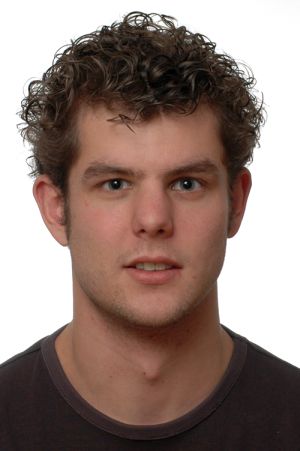Program Information
A Data-Driven 4D-MRI Motion Model to Estimate Full Field-Of-View Abdominal Motion From 2D Image Navigators During MR-Linac Treatment
B Stemkens*, RHN Tijssen, B Denis de Senneville, JJW Lagendijk, CAT van den Berg, University Medical Center Utrecht, Utrecht, Netherlands
Presentations
WE-G-BRD-1 (Wednesday, July 15, 2015) 4:30 PM - 6:00 PM Room: Ballroom D
Purpose: To estimate full field-of-view abdominal respiratory motion from fast 2D image navigators using a 4D-MRI based motion model. This will allow for radiation dose accumulation mapping during MR-Linac treatment.
Methods: Experiments were conducted on a Philips Ingenia 1.5T MRI. First, a retrospectively ordered 4D-MRI was constructed using 3D transient-bSSFP with radial in-plane sampling. Motion fields were calculated through 3D non-rigid registration. From these motion fields a PCA-based abdominal motion model was constructed and used to warp a 3D reference volume to fast 2D cine-MR image navigators that can be used for real-time tracking. To test this procedure, a time-series consisting of two interleaved orthogonal slices (sagittal and coronal), positioned on the pancreas or kidneys, were acquired for 1m38s (dynamic scan-time=0.196ms), during normal, shallow, or deep breathing. The coronal slices were used to update the optimal weights for the first two PCA components, in order to warp the 3D reference image and construct a dynamic 4D-MRI time-series. The interleaved sagittal slices served as an independent measure to test the model’s accuracy and fit. Spatial maps of the root-mean-squared error (RMSE) and histograms of the motion differences within the pancreas and kidneys were used to evaluate the method.
Results: Cranio-caudal motion was accurately calculated within the pancreas using the model for normal and shallow breathing with an RMSE of 1.6mm and 1.5mm and a histogram median and standard deviation below 0.2 and 1.7mm, respectively. For deep-breathing an underestimation of the inhale amplitude was observed (RMSE=4.1mm). Respiratory-induced antero-posterior and lateral motion were correctly mapped (RMSE=0.6/0.5mm). Kidney motion demonstrated good motion estimation with RMSE-values of 0.95 and 2.4mm for the right and left kidney, respectively.
Conclusion: We have demonstrated a method that can calculate dynamic 3D abdominal motion in a large volume, while acquiring real-time cine-MR images for MR-guided radiotherapy.
Contact Email:



